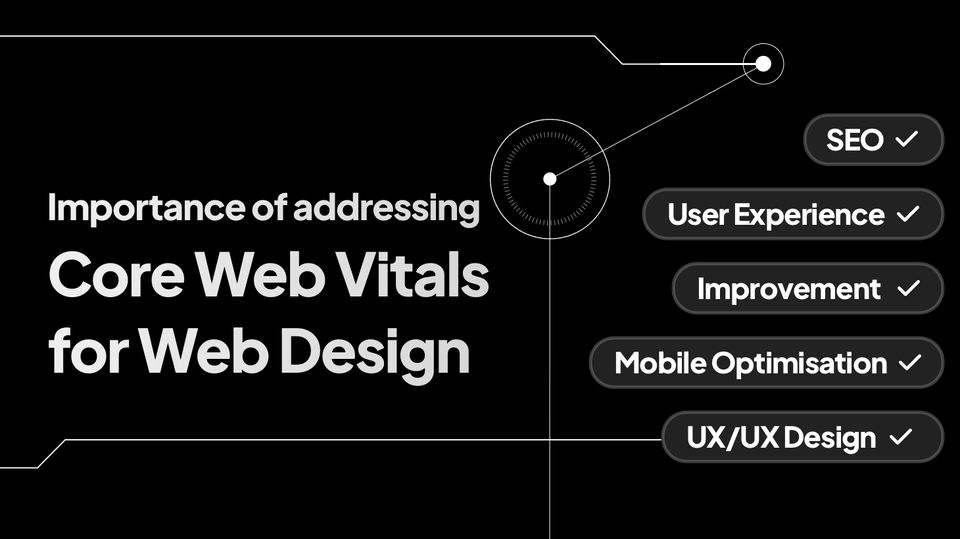While the user experience (UX) encompasses all touchpoints with a brand, the user interface (UI) is arguably the most important. According to an article in PR Newswire, consumers report abandonment of carts when e-Commerce sites have poor design. This can cost e-Commerce brands an average of five purchases per consumer. Find out what aspects of UI are most important for e-Commerce interactions to make potential customers stick around — and want to keep coming back.
Why UX/UI Is Important in e-Commerce
The success of an e-Commerce business heavily relies on providing a seamless and satisfying UX. A well-designed website enhances the overall experience, making it easier for customers to navigate through your website and make purchases. If the functionality of the design is high, potential customers are more likely to stay, engage, and explore further. On the other hand, if the UX and UI design fall short, your bounce rate will soar, hindering business growth and potential sales.
What Small Businesses Can Do To Improve e-Commerce Design
From designing buttons to adding navigational menus, the fundamentals of creating a great UI/UX are crucial to small business e-Commerce success. If your e-Commerce brand already has a website, it’s important to audit it for usability. Be on the lookout for:
- Limited payment options;
- Poor navigation or layout;
- Slow loading speeds;
- Clunky account creation processes.
According to the Baymard Institute, these are some of the main reported reasons that customers abandon e-Commerce sites, alongside unexpectedly high prices, so it’s a great place to start. Then, dig more deeply into your specific site situation.
Enhance Your Unique Customer Experience
If you haven’t already, do targeted research on your consumer base. Figure out what your ideal customer would like to see from your e-Commerce website. Do market research, analyze competitors, and even poll your current and potential customers to find out valuable information on how to optimize your UI.
User preferences will look different for every customer demographic, but there are some common threads. Some of the best ways to improve the customer experience include:
- Involving every department so the approach is holistic, like marketing copy that matches navigation copy;
- Tailoring your website to your unique customer journey, including their navigation, and purchase patterns;
- Providing effective communication tools between employees and consumers, such as live chat website integrations;
- Optimizing for mobile, allowing consumers to purchase easily through mobile devices like phones and tablets.
There is a clear need for easy navigation, an intuitive interface, and a streamlined checkout process. Asking your consumers for feedback can personalize your UX optimization and return the best results.
Optimize for Mobile
According to an article by Pew Research, mobile shopping optimization is also becoming increasingly important. A whopping 91% of consumers between the ages of 18 and 49 have made purchases using their phones.
By understanding your target audience, you can tailor the design elements to align with their preferences and needs, fostering a positive and engaging user experience. Mobile optimization involves designing and developing websites to provide seamless and user-friendly experiences across various mobile devices and screen sizes.
A well-optimized mobile website improves accessibility, allowing users to access information and interact with the site conveniently on the go. Navigation and readability also ensure that users can easily move through the site without zooming or scrolling excessively. Furthermore, mobile optimization positively impacts search engine rankings, as search engines prioritize mobile-friendly websites in their results.
Ultimately, by optimizing websites for mobile, you can significantly enhance the e-Commerce user experience, engage your audience, and drive conversions and customer satisfaction.
Analyze Performance
To continually improve your e-Commerce design, it's essential to analyze its performance and identify areas that need enhancement. Through careful evaluation, you can identify strengths and weaknesses and make data-driven improvements.
Performance analysis involves assessing various metrics such as page load speed, user engagement, and conversion rates. A well-designed e-Commerce website should have fast load times to prevent user frustration and abandonment.
Additionally, tracking user engagement metrics like bounce rate, time on page, and click-through rates can provide insights into how effectively the design captures and retains user attention. Conversion rates, including add-to-cart and checkout completion rates, help measure the design's ability to drive sales.
Root cause analysis techniques can be instrumental in this process. By delving deep into the data and user feedback, you can identify the underlying causes of any issues or bottlenecks that users may encounter during their interactions with your website.
Root cause analysis involves systematically exploring the factors contributing to a problem and understanding their interrelationships. Some of these root causes of user frustrations include confusing navigation, slow loading times, or cumbersome checkout processes. By identifying these root causes for your particular website, you can implement targeted improvements to enhance your e-Commerce UX and create a more seamless and satisfying experience for your customers.
Continuously Improve
The world of UX/UI design is constantly evolving, with new trends, techniques, and best practices emerging regularly. To stay ahead of the competition and provide an exceptional e-Commerce experience, it’s crucial to prioritize continuous improvement. Take advantage of valuable resources, such as web design books, that can help you stay updated on the latest industry trends and incorporate innovative design approaches into your websites. By embracing ongoing learning and improvement, it’s easier than ever to create compelling and user-centric e-Commerce experiences that drive growth.
Through perpetual learning and analyzing performance metrics, you can identify areas that need improvement and optimize your eCommerce design to create a seamless and intuitive shopping experience. This will ultimately boost customer satisfaction and business growth, keeping consumers coming back for more.




